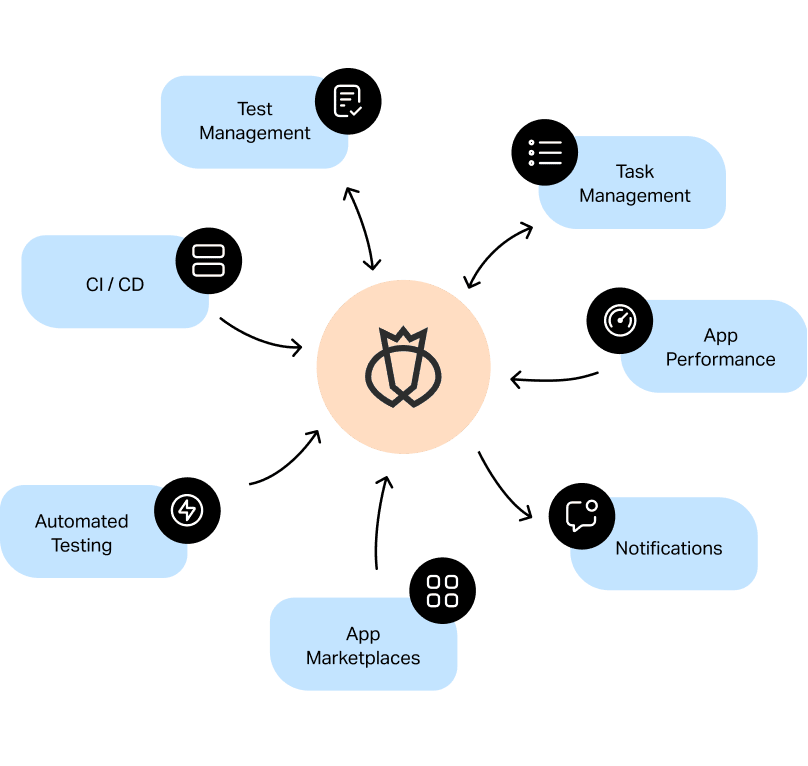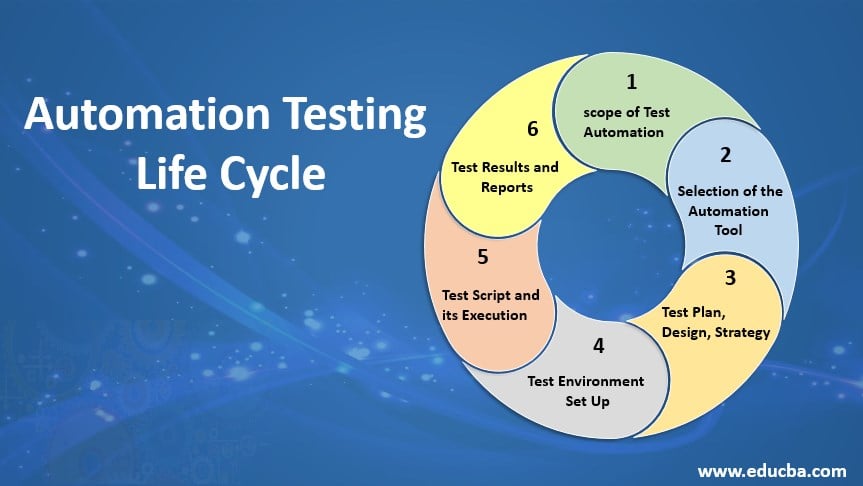Exploring the Future of Automation Testing in Software Application Growth
Exploring the Future of Automation Testing in Software Application Growth
Blog Article
From Guidebook to Automated Testing: A Comprehensive Guide to Transitioning Smoothly and Successfully
In the world of software program testing, the change from handbook to automated processes has actually ended up being an increasingly vital shift for organizations looking for to improve performance and precision in their testing techniques. The journey from manual to automated screening is not without its challenges, yet when approached strategically and with a clear strategy in mind, the benefits can be substantial.
Advantages of Automated Examining
Automated testing provides countless benefits, enhancing effectiveness and accuracy in software application development procedures. Automated tests can be run all at once on multiple devices and operating systems, drastically speeding up the testing stage compared to manual testing.
Furthermore, automated testing makes certain a higher degree of precision in finding problems. Because automated examinations follow predefined manuscripts, human mistake is decreased, leading to more trustworthy test outcomes. Uniformity in testing is likewise boosted, as automated tests execute the same actions precisely each time they are run. This uniformity is essential in making sure that all capabilities of the software are completely examined, reducing the chance of undetected pests sliding with to production.
Picking the Right Tools

Firstly, analyze your purposes and demands. Comprehend the scope of your task, the innovations included, and the ability of your group. This evaluation will aid you determine the attributes and abilities you require in your screening tools.
Secondly, take into consideration the compatibility of the devices with your existing procedures and systems. Seamless assimilation with your current software program advancement lifecycle is important to ensure a smooth change to automation.
In addition, evaluate the scalability and versatility of the tools. As your screening needs develop, the devices ought to have the ability to adjust and accommodate modifications properly.
Lastly, consider the assistance and community around the tools. When implementing automated testing, robust support and an energetic customer community can offer useful sources and aid. By carefully thinking about these facets, you can select the right tools that align with your requirements and set the stage for a successful transition to automated testing.
Writing Reliable Test Scripts

When crafting test manuscripts, it is necessary to take into consideration the particular requirements of the software being tested and make certain that the manuscripts address all essential capabilities. Clear and detailed calling conventions for test manuscripts and test instances can improve readability and maintainability. Additionally, including error handling devices within the test manuscripts can assist in identifying and addressing concerns quickly.
In addition, organizing test manuscripts into modular parts can enhance reusability and scalability, reducing redundancy and improving performance in test script upkeep. Routine testimonials and updates to evaluate manuscripts are essential to keep review speed with evolving software application needs and functionalities. By adhering to these concepts, testers can create effective and durable examination scripts that contribute dramatically to the success of automated testing processes.
Integrating Automation Into Workflows
By effortlessly integrating automated screening tools like Selenium or Appium right into the software application development lifecycle, groups can achieve faster responses on code modifications, leading to quicker pest detection and resolution. This assimilation enables for continuous screening throughout the development process, ensuring that any kind of problems are recognized early on, resulting in higher software program high quality. Correct integration of automation devices calls for collaboration between growth, testing, and operations groups to establish a unified operations that maximizes effectiveness and performance in delivering high-grade software products.
Making Sure a Smooth Change
Successfully transitioning to automated testing includes careful planning and cautious implementation to take full advantage of and lessen interruptions efficiency in the software application advancement process - automation testing. To make sure a smooth shift, it is necessary to begin by conducting an extensive evaluation of the present testing processes and identifying areas where automation can bring the most significant advantages. Involving with all stakeholders early on in the procedure, consisting of programmers, testers, and job managers, is vital for amassing assistance and buy-in for the automation effort
Communication is essential during this change stage. Clear interaction of the goals, benefits, and assumptions of automated screening assists to handle any resistance or concerns that might emerge. Furthermore, supplying sufficient training and resources for employee to upskill in automation tools and techniques is essential for ensuring an effective shift.

Conclusion
In verdict, transitioning from guidebook to automated testing supplies countless benefits, including boosted effectiveness and reliability. By choosing the suitable tools, creating effective examination scripts, and incorporating automation effortlessly into operations, organizations can ensure a smooth and effective change. It website link is vital to accept automation as an important property in software application testing processes to boost general quality and productivity.
In the world of software screening, the change from manual to automated procedures has ended up being a progressively essential shift for companies seeking to boost efficiency and accuracy in their screening practices. Automated examinations can be run simultaneously on several tools and operating systems, substantially speeding up the testing stage contrasted to hands-on screening. Uniformity in screening is also enhanced, as automated examinations execute the exact same actions precisely each time they are run.To make certain the successful implementation of selected testing tools, the creation of efficient examination manuscripts plays a crucial function in verifying the performance and efficiency of automated procedures - automation testing. By complying with these concepts, testers can produce durable and efficient test scripts that add considerably to the success of automated testing procedures
Report this page